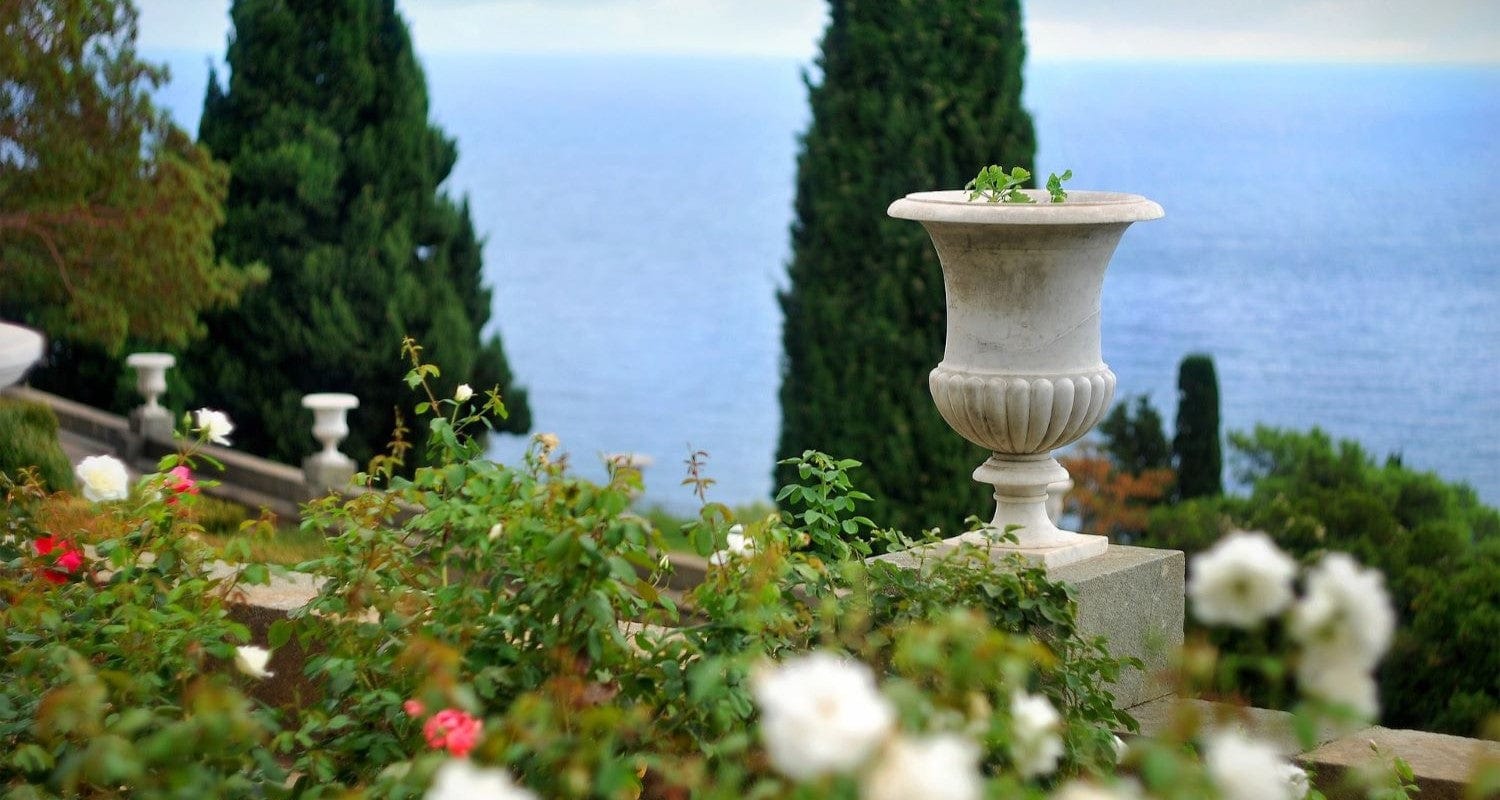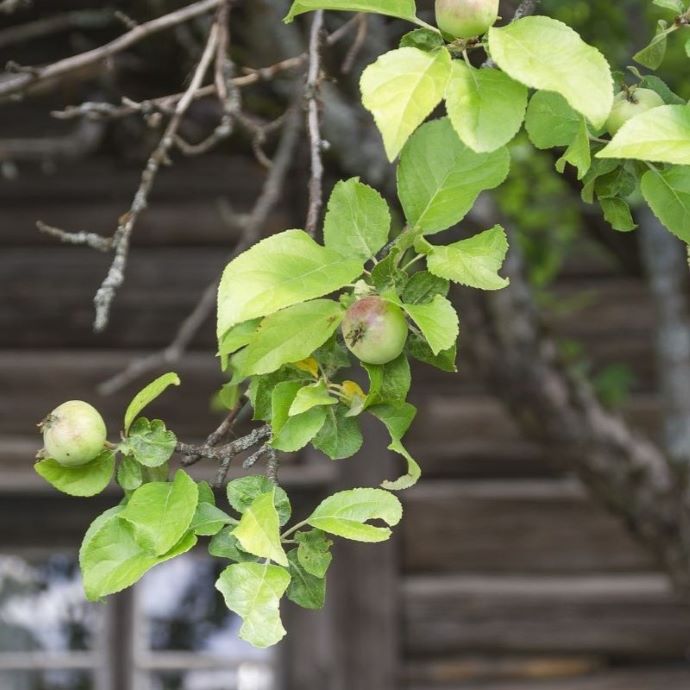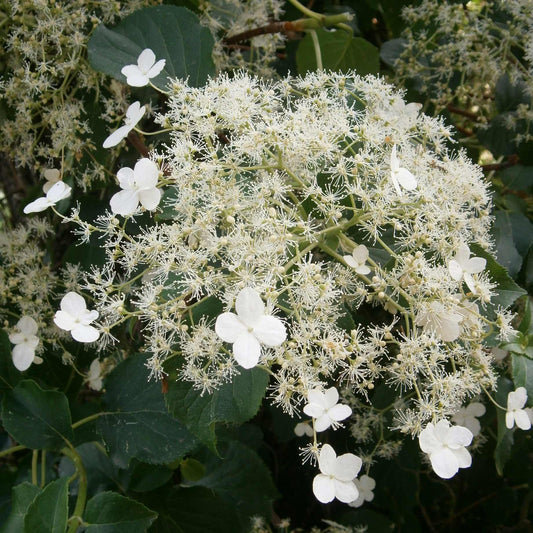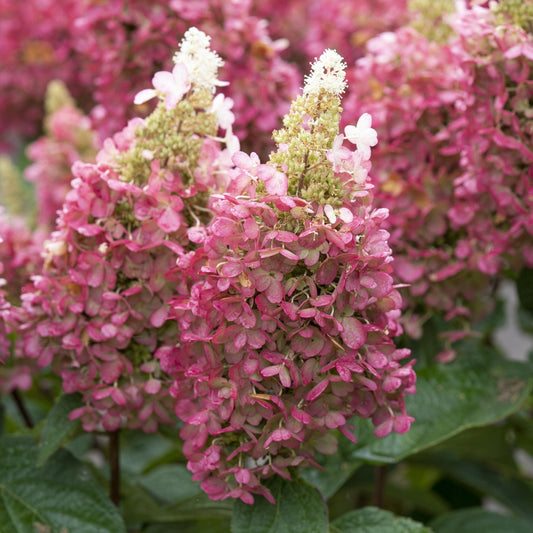Coastal Garden Plants & Design Ideas

Plants do like to be beside the seaside - if you know which ones to choose!
If you live on the coast, gardening can present some challenges including salt air, poor quality soil and cold sea winds. You’ll be glad to know, however, that all of these challenges can be overcome by using plants. A coastal garden is a great opportunity to grow native species which can be underwhelming when grown inland but are perfectly adapted to a coastal environment and thrive in exactly those conditions. Not all coastal locations are the same, of course - you’ll need different plants for a sheltered garden in Cornwall or an exposed site in Scotland. Depending on where you are, you’ll be able to grow plants that are the envy of your inland dwelling friends, whether that’s tropical palms or hardy flowering shrubs.
Jump to:
- Creating a windbreak
- Working with sandy soil
- Plants for salty air
- Natural planting
- Windy, exposed gardens
- Sheltered, warmer gardens
Creating a windbreak
Coastal gardens can suffer from cold winds blowing in from the sea, but don’t give up on the sun lounger just yet. Making a windbreak with resilient, flexible plants like phormiums, bamboo or cordylines (there’s a reason you see them everywhere at the seaside!) will reduce the north sea blast while retaining the relaxing sound of wind rustling through the leaves. You can plant any of these in pots, so they’re suitable for balconies and yards, too - group them close together to create more shelter. A hedge is a good long term option too, saving space, sheltering your plants (and seating area) from the wind and attracting wildlife. Hedges are much more durable (and better looking) than fences, which can blow down in a storm. Hedge plants suitable for coastal conditions include hawthorn, box, berberis, holly, salt cedar, sea buckthorn, willow and forsythia.

Working with sandy soil
Coastal gardens are highly likely to have sandy soil. It’s light and easy to work with, but does tend to be low in nutrients and to dry out easily. Fortunately there are plenty of plants which will thrive in sandy soil, including lavender, hardy geranium, buddleja, eryngium (sea holly) and verbena - all of them colourful perennials which attract pollinators - and trees such as acer, birch, rowan and hawthorn (the RHS has a longer list). To expand your range of plants further, for example to grow vegetables, you can improve the soil by digging in lots of compost for goodness and fine gravel for drainage or growing in raised beds full of compost. It should be noted though, that root vegetables, onions and potatoes love a sandy soil, so as long as you water and feed them well, your crops will be very successful.
Top tip: don’t scrimp on the mulch - a top layer of grit, gravel or pebbles is the best way of keeping moisture in the ground, adding nutrients and preventing soil erosion.

Plants for salty air
Salt air can be drying and damaging to plants, affecting the way in which their cells absorb water. If you’re right next to the sea and your garden gets a lot of sea spray, you’ll need to pick salt tolerant plants (halophytes) that grow on beaches and dunes, such as Sea Kale, Thrift, Sea Buckthorn and Salt Cedar (if you have time for an internet wormhole, these are really fascinating plants!) Most coastal gardens are a little further back from the sea, which opens out your plant choices much more. Perennials that tolerate a moderate level of salt include sedum, gaillardia, aquilegia, nepeta, achillea, dianthus and campanula, while you have a wide choice of shrubs and trees including sumac, elder, hydrangea and cytisus as well as climbers such as ivy and virginia creeper.
As a side note, these are also very useful plants for roadside gardens which get sprayed with salt by the de-icing wagon in winter.
Keeping it natural
To enhance the natural look of your coastal garden, use landscaping materials that would be found on the beach, such as stone, pebbles, driftwood and shells (but I’m obliged to add, don’t nick these off the actual beach). Adding a patio pond and plenty of flowering plants will attract wildlife to your garden, and you can even add a bug hotel (or make a natural driftwood pile). Just add a striped deckchair or a hammock for maximum seaside vibes.

For windy, exposed locations
That’s one cold wind blowing off the North Sea! If you’re on the coast of Scotland, the outlying islands or the North East of England, you’ll have the most success with hardy plants that can endure low temperatures and biting winds, but that doesn’t mean functional and boring. Roses, hydrangeas, lavenders, osteospermum and low-growing erigeron all thrive in these areas, along with the salt and wind tolerant shrubs and trees mentioned above. There’s plenty of inspiration to be had, from Gertrude Jekyll’s walled garden at Lindisfarne Castle to this award winning family garden overlooking Buckie Harbour in Aberdeenshire.

For sheltered, warmer locations
If you’re gardening in the south of the UK, in places like Devon, Kent and Cornwall, the climate is generally considerably warmer and you’ll be able to grow more tropical plants. You’ll see lots of palms, tropical fruits and Mediterranean plants in this part of the country, including the South coast’s trademark Torbay Palms (cordylines). For real life inspiration, Derek Jarman’s garden at Dungeness is full of ideas for native planting while for full on jungle-style extravagance, check out Cornwall’s Lost Gardens of Heligan, which is also home to national collections of camellia and rhododendrons.

Last updated: 20/11/2023





















